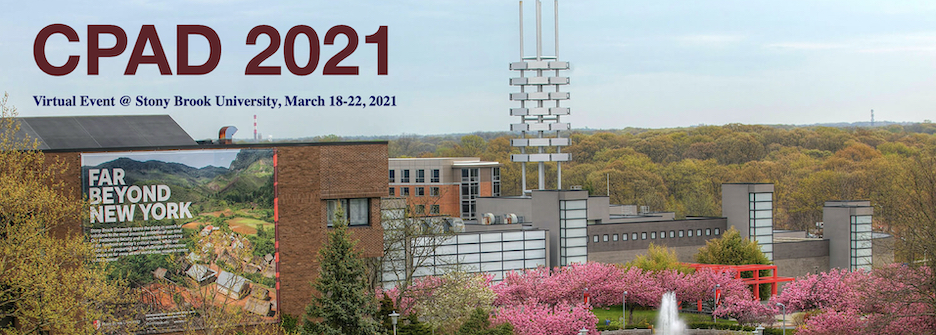Speaker
Description
The US particle physics community engaged in the Snowmass process is studying collider projects for the post-LHC era. Among those, muon colliders are particularly interesting due to their ability to reach multi-TeV energies in the environment typical for lepton colliders where backgrounds due to other physics processes are significantly lower than at a hadron collider experiment. However, as muons are unstable particles such a machine will be accompanied with technological challenges for a collider experiment: an unprecedented amount of secondary and tertiary decay products will enter the detector volume. This contribution will present a detector design based on the strategies that have been studied to mitigate the beam-induced background by exploiting new detectors technologies and at the same time aims to meet the performance requirements needed for a vast physics program. Particular attention will be given to the tracker as it is most affected by the beam-induced background (BIB). Most reconstructed hits in the tracker are expected to come from the BIB. We will discuss how the BIB can impact the occupancy of a tracker at a muon collider experiment and demonstrate how precision timing information and spatial granularity of such a tracker can be used to keep the occupancy at an acceptably low level that will allow proper reconstruction of the tracks.
